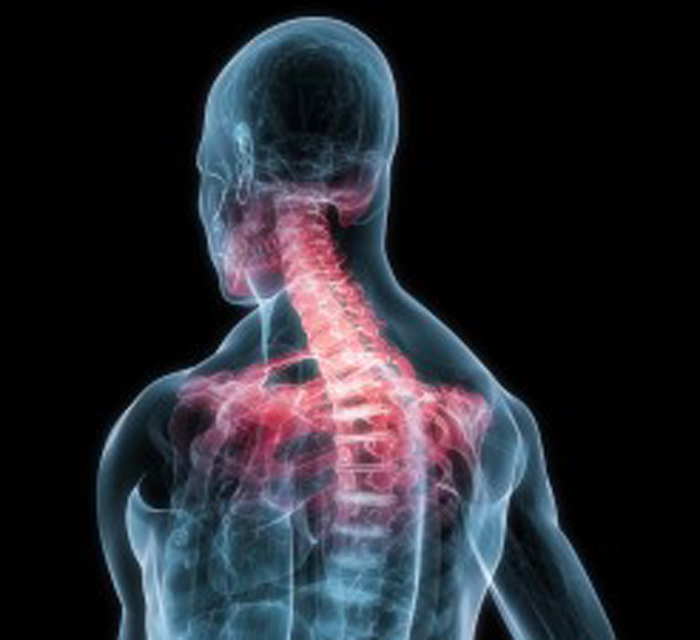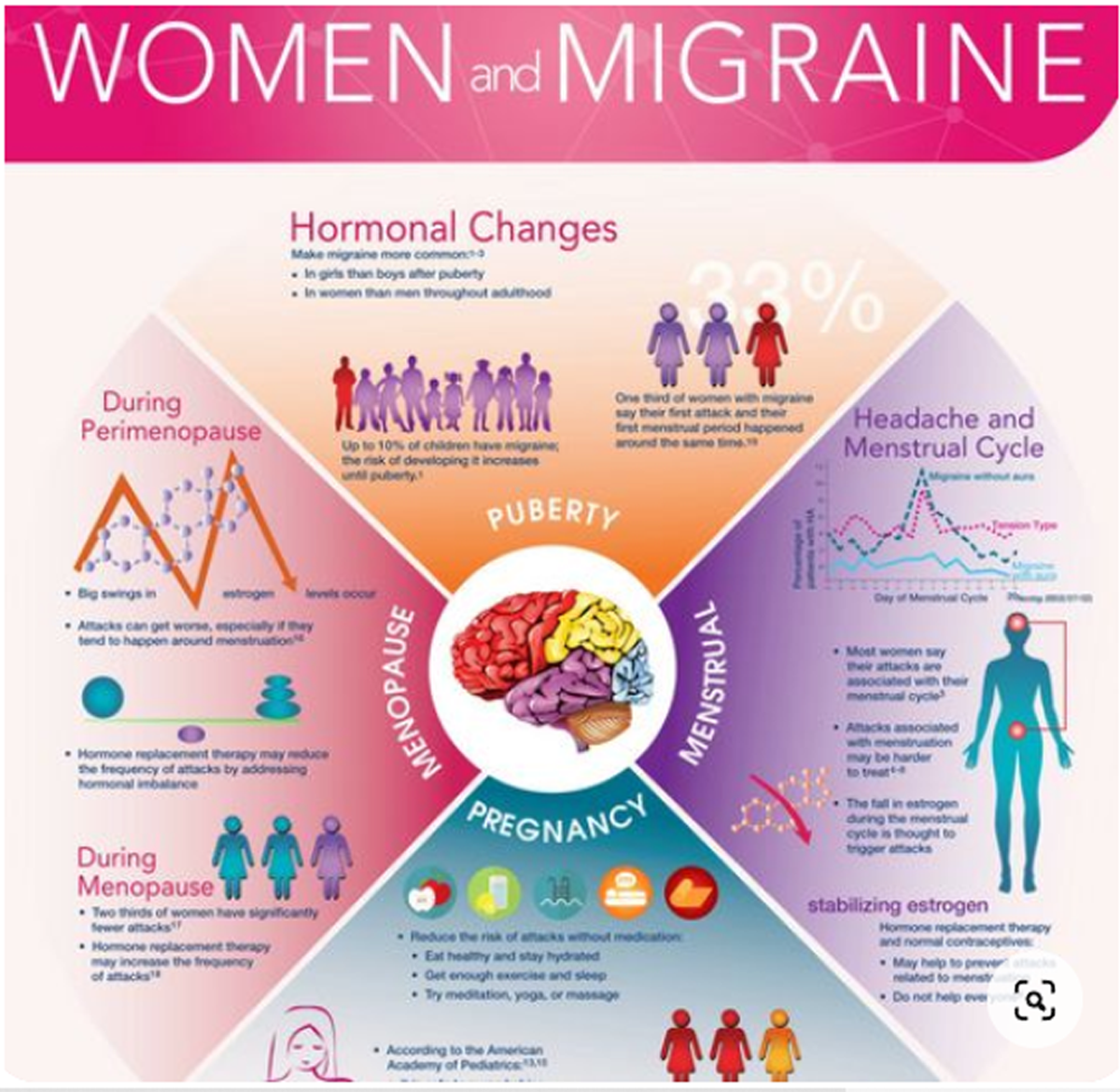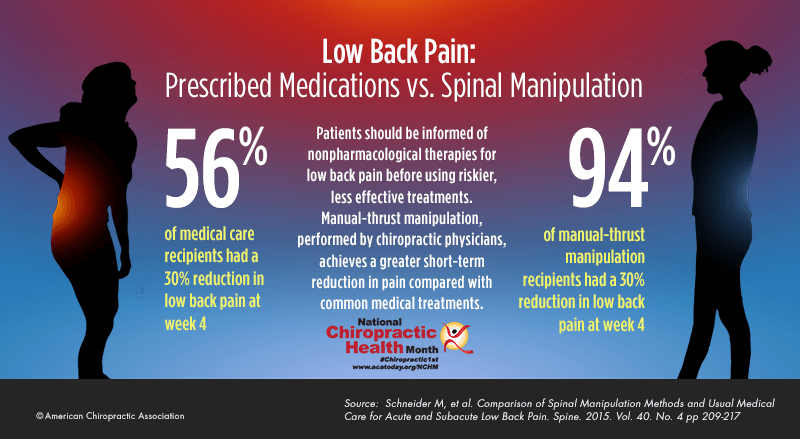The Effect of Application Site of Spinal Manipulative Therapy (SMT) on Spinal Stiffness
SOURCE: Spine J. 2013 Oct 16 [Epub ahead of print]
Tiffany L. Edgecombe, PhD, Greg N. Kawchuk, DC, PhD, Cynthia R. Long, PhD, Joel G. Pickar, DC, PhD
Department of Physical Therapy, University of Alberta, 8205 114 St, Corbett Hall, Edmonton, AB, Canada T6G 2G4
BACKGROUND CONTEXT: Like other factors that can influence treatment efficacy (eg, dosage, frequency, time of day), the site of treatment application is known to affect various physical interventions such as topical anesthetics and cardiopulmonary resuscitation. Like these examples, spinal manipulative therapy (SMT) is a physical intervention that may exhibit maximal benefit when directed to a specific site. Whereas numerous studies of SMT efficacy have produced mixed results, few studies have taken into account the site of SMT application.
PURPOSE: To determine if the site of SMT application modulates the effect of SMT in an anesthetized feline model.
STUDY DESIGN: Spinal manipulative therapy applied to specific anatomic locations randomized in a Latin square design with a no-SMT control.
OUTCOME MEASURES: Physiologic measures (spinal stiffness).
METHODS: Simulated SMT was delivered by a validated mechanical apparatus to the intact lumbar spine of eight anesthetized felines at four unique sites: L6 spinous process, left L6 lamina, left L6 mammillary process, and L7 spinous process. To measure spinal stiffness, a separate indentation load was applied mechanically to the L6 spinous process before and after each SMT application. Spinal stiffness was calculated from the resulting force-displacement curve as the average stiffness (k) and terminal instantaneous stiffness (TIS).
RESULTS: Relative to the no-SMT control, significant decreases in spinal stiffness followed the SMT when L6 spinous and L6 lamina were used as the contact site. Terminal instantaneous stiffness significantly decreased -0.48 N/mm (upper, lower 95% confidence interval [-0.86, -0.09]) with L6 spinous as the contact site and decreased -0.44 N/mm (-0.82, -0.05), with the L6 lamina as the contact site. k increased 0.44 N/mm (-0.01, 088), using L6 spinous as the contact site.
CONCLUSIONS: Decreases in terminal spinal stiffness were observed after SMT delivered at some application sites but not the others. The results suggest that SMT contact site modulates SMT’s effect on spinal stiffness in a feline model. Changes in spinal terminal instantaneous spinal stiffness were similar in magnitude and direction to those observed in symptomatic human subjects who report benefits after SMT.






Leave A Comment